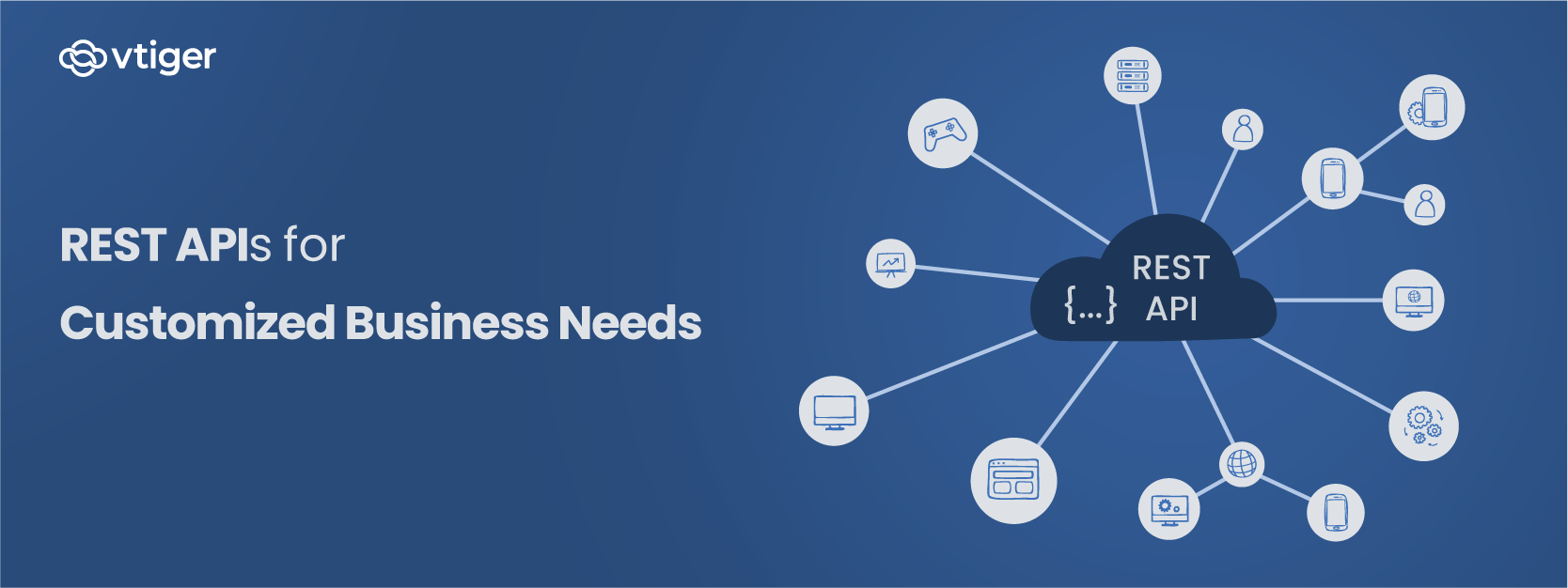API stands for Application Programming Interface. Any software with a specific function is referred to as an application when discussing APIs. You can compare the API interface to a service agreement between two programs that specify requests and responses.
Using a set of definitions and protocols, APIs allow two software components to communicate and exchange information.
To know about the basics of APIs, click here.
Let us tell you about an interesting feature called OpenWeather in Vtiger CRM. OpenWeather displays climatic conditions for a given location and is available in every contact record.
Before you set up an onsite meeting with a contact, you can check the weather conditions using OpenWeather. The app sends a request to the weather bureau along with the location details and gets the weather information for that location in reply. This information is displayed in the CRM, helping you plan meetings accordingly.
Vtiger integrated the OpenWeather app into its CRM with REST APIs. Would you like to know more about these REST APIs? Then read on.
What are REST APIs?
REST stands for Representational State Transfer. It is an architectural style that defines a set of commands for creating web services. REST API makes accessing web services simple and flexible without any processing.
REST technology is generally preferred to the more robust Simple Object Access Protocol (SOAP) technology because REST uses less bandwidth and is simple and flexible, making it more suitable for internet usage.
It is used to fetch or give some information from a web service. All communication done via REST API uses only HTTP requests. For clients to access server data, REST defines a set of functions like GET, PUT, DELETE, etc.
How do REST APIs Work?
A REST API performs the same basic task as browsing the internet. The client uses the API to communicate with the server when a resource is needed. Applications that send requests are called Clients, and applications that respond are called Servers. The API documentation of the server highlights how the client should use the REST API.
Following is the general procedure for any REST API call:
- The client sends a request to the server. The client formats the request as per the API documentation so the server can understand it.
- The server verifies the client’s identity and validates that the client is authorized to submit that request.
- The server receives the request and then handles it internally.
- The client receives a response from the server. Response to the client indicates whether or not the request was successful, along with the requested information.
- Depending on how the API is designed by the developers, the REST API request and response details vary slightly.
What are the benefits of REST APIs?
The key characteristic of REST APIs is that the servers do not store client information between requests. Similar to the URLs you type into your browser to visit a website, clients send requests to the server.
REST APIs help you build new applications or integrate your software with other applications easily. You can accomplish this without having to rewrite the code entirely by making adjustments at the API level. REST APIs offer four main benefits:
- Integration: New applications can be integrated with current software systems using REST APIs. The development takes much less time as REST APIs can benefit from preexisting codes and avoid writing codes from scratch.
- Innovation: With the introduction of a new app, entire industries can change. Businesses can act quickly and facilitate the quick rollout of innovative services. They can accomplish this without having to rewrite the code entirely by making adjustments at the API level.
- Expansion: REST APIs can help expand the capabilities of your application and hence your business. For example, the maps API enables the integration of map data into websites, Android, iOS, etc. Any company can grant similar access to its internal databases by using free or paid APIs.
- Ease of maintenance: The API creates a gateway between two systems. Each system is required to implement internal adjustments to avoid damage to the API. In this manner, any upcoming code modifications by one party won’t affect the other.
- Create new business opportunities: Businesses always have new opportunities. Thanks to REST APIs, they can satisfy the needs of their customers on various platforms.
Due to these benefits and Vtiger’s vision to build a highly customizable CRM to meet your business needs, Vtiger adapts a combination of VTAP and REST APIs to make it easy for the clients to customize and expand the CRM with integrations as per their needs.
In conclusion, REST APIs are currently faster, lighter, and more scalable than other APIs because they are based on principles that can be applied as needed. This makes them ideal for developing IoT and mobile applications.
Here are a few used cases for the REST APIs in Vtiger CRM:
- Integrate Slack with the CRM and post a message to slack channels from the CRM.
- Perform email or phone validation when entering the data in CRM.
- Get the latest exchange currency rates and apply them when creating Invoices or Quotes etc.
- Show weather details of a Contact or Lead in real time.
- Enrich customer data using email addresses or company domains and many more.
Are you a Vtiger user? Would you like to create a REST API?
Check out the API designer by Vtiger CRM, which allows you to build your own REST APIs. With personal APIs, you can customize your CRM and make your product or service stand out in the market.
We have also built our own APIs for specific tasks, such as creating a record, converting a lead, adding tasks and more. Want to see APIs used for different functions? Check out our REST API Manual to learn more.
In the upcoming blog, we will learn how to create a simple REST API using VTAP.
Stay tuned!



